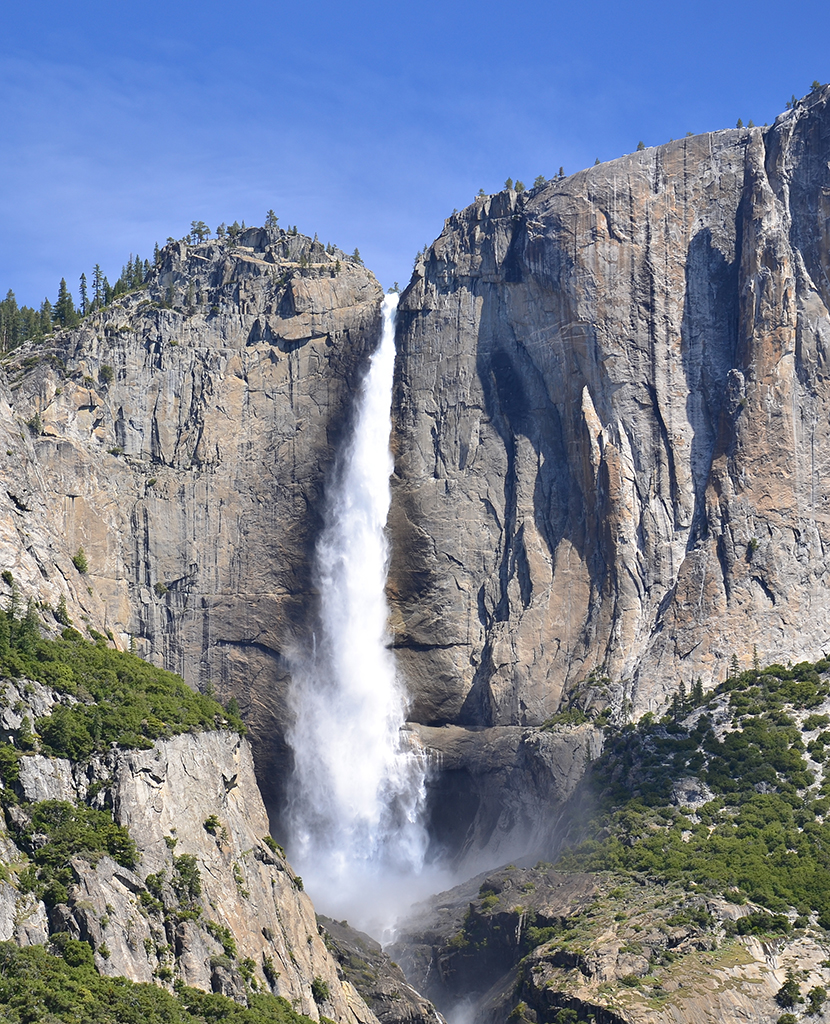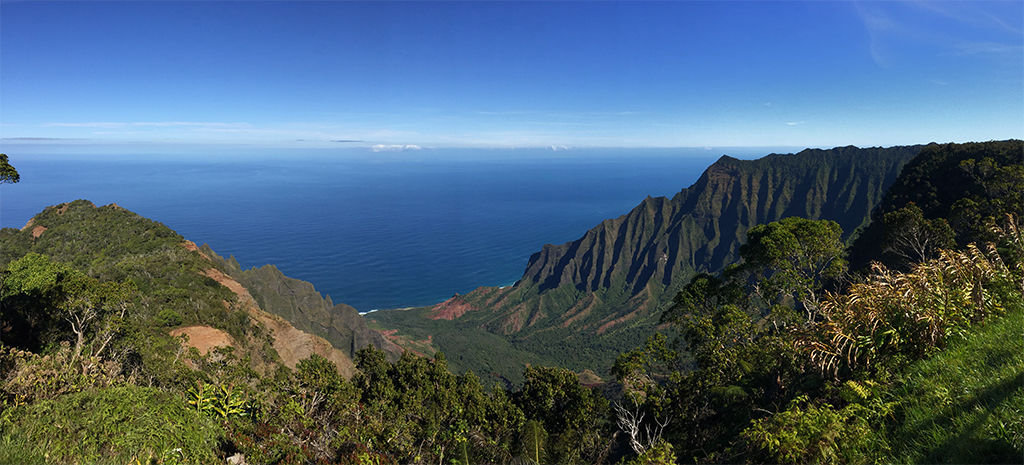
The AdventureKEEN Blog

Give Kids a Routine with Plenty of Books and Exercise
If your children are anything like mine, their at-home dream routine is to wake up, play video games, and continue playing video games until they pass out. There is a remedy for this: a daily schedule. The kids might revolt without at least some time for video games, but a good day of structure also includes opportunities for learning and physical activity. My boys’ days at home look like this: 9:00 a.m. — Breakfast: The […]

Ole & Lena Comedy Books Offer a Break from Stress
Everyone could use a little extra comedy in their lives. Give yourself a rest from the daily stresses, and exercise your sense of humor. Find out what Ole and Lena are up to in two timeless joke books: Ole & Lena: Live Via Satellite and Ole & Lena: A Stud and a Hot Dish. As we learn in Ole & Lena: A Stud and a Hot Dish, poor Ole had some health concerns after he […]

The Importance of a Regional Travel Section in Your Library
Libraries are a cornerstone of healthy and vibrant communities. They serve so many roles and meet the needs of so many people. Using data from all over California, the Panorama Project identified the state’s most requested book–that they didn’t have available–with the idea of “what are libraries and bookstores missing? What titles are their patrons really after?” It should come as no surprise to anyone in the local library space that the title with the most […]

Celebrate National California Day with a Hike
Saturday, February 22, is National California Day. The tradition of celebrating each state with its own day began in 2017. Starting on the week of Independence Day, each state was given a day by National Day Calendar®, based on the order in which it entered the union. As the 31st state (admitted September 9, 1850), California’s day falls in the 31st week after July 4. How does one celebrate? National Day Calendar suggests that you […]

Books Are the Best Gift Ideas for Your Valentine
You want to choose the perfect present for your special Valentine. Flowers, chocolates, teddy bears, jewelry—maybe you’ve done that before, or maybe it seems too cliché. You need a gift that feels more personal, that suggests you took some time to pick it. For this reason and more, I love giving books—and I suggest you do the same. Following are 5 reasons why books are among the best gift ideas for Valentine’s Day or any […]

Find the Best Family Vacation in Kauai, Hawaii
We could argue endlessly about where to go for the best family vacation. Some might say Disneyland; others will name a national park like the Grand Canyon. You’re always right with a trip to Hawaii—and the “Garden Island” of Kauai. It combines some of the best offerings of different vacation options. For Nature Lovers Nature’s beauty is everywhere. The Kauai weather is tropical, so the forecast is always warm or warm and rainy—ideal growing conditions. […]

Five Tips for Enduring the Winter Season
I don’t know about you, but I’ve had it with this winter season. In Minnesota, it’s been cold and snowy. And cold. And snowy. The weather forecast calls for more of the same in February, March, April, and into forever. We won’t get discouraged, though, right? Winter isn’t going to beat us. We only have between 2 and 700 months to go. To help us persevere, I grabbed a copy of Surviving Minnesota Winter by […]

Pack Weight Revisited

Is Your New Year’s Resolution to Get Fit? Try Hiking.
It’s that time when people across the country make a New Year’s Resolution. The most popular goals range from getting organized to saving money, but tops on most lists is a desire to get healthy. Whether that means exercising more, eating better, or losing a specific number of pounds, it’s a lofty ambition and one that, unfortunately, has a high rate of failure. According to U.S. News & World Report, 80% of these resolutions fail—by […]

Put a Gift Under the Christmas Tree That’s “for the Birds”
Birds in winter are wonderful to observe, and a birding-themed gift is a perfect fit beneath your Christmas tree. A good friend of mine is very enthused about the birds (less so about the squirrels) that visit her feeder during these chilly months. I took it upon myself to create the ultimate bird-watching present. With AdventureKEEN products, that’s easy to do. Following are five ideas for a great gift package. 1. Bird Identification Guide A […]

